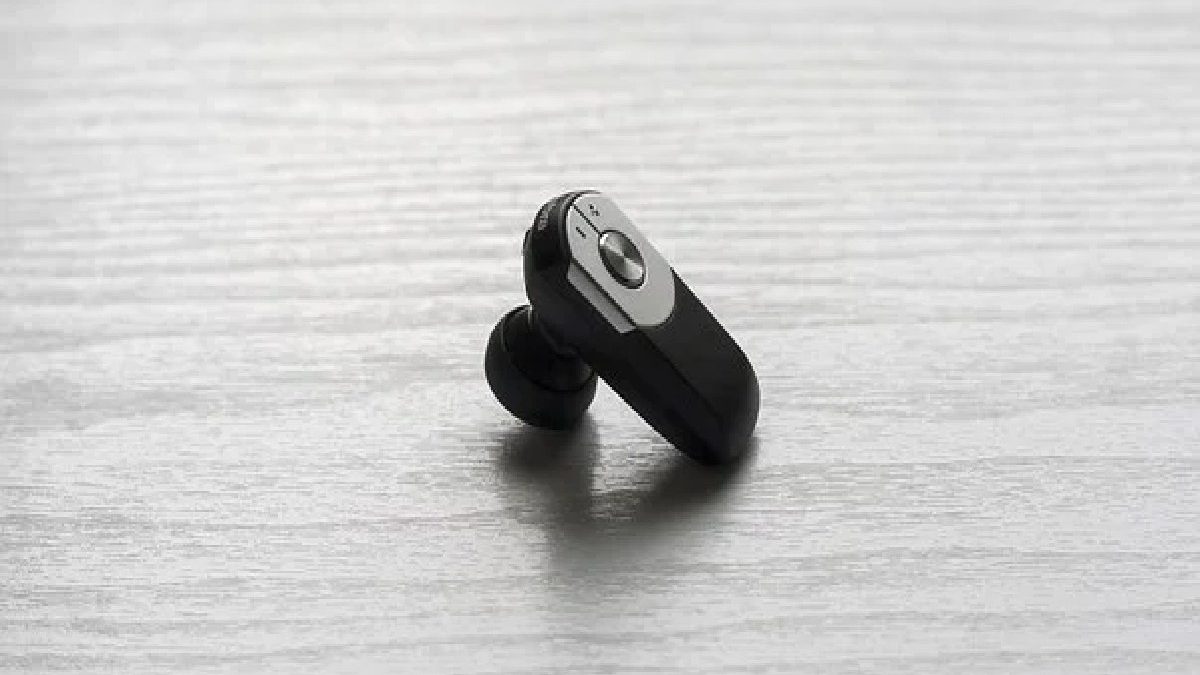Table of Contents
What is Bluetooth?
The Bluetooth is a communication protocol used to transmit data (photos, music, contacts) and voice between different devices within close range, generally ten meters. For example, cheers to this technology. We can connect our smartphone with a printer to print our favorite photos without the need for cables.
Bluetooth has remain related to mobile phones, as these were among the first devices to incorporate the protocol. However, this wireless technology is present today in smartphones, tablets, laptops, mice, keyboards, printers, headphones, televisions, digital cameras, MP3 players, or game consoles.
Curious is, on the other hand, the origin of the name Bluetooth. To explain it, we have to go back to the history of the rule of the Vikings in northern Europe. Since this name comes from the king of Denmark and Norway, Harald Blatant (in English, “Harald Bluetooth”), who unified the Danish and Norwegian tribes and contributed, in this way, the members of one and the could communicate with each other. Hence the meaning of calling this wireless technology Bluetooth, responsible for facilitating communication (without having to resort to cables) between different devices.
How does Bluetooth Work?
Bluetooth technology wirelessly transmits data and voice through radio waves operating in the ISM (non-commercial) 2.4 GHz band. For this, it uses Wireless Personal Area Networks ( WPAN, for its acronym in English). When transferring via radio frequency, the devices are not required to be aligned.
On the other hand, the equipment must be within a range, usually short, although it may vary depending on the device.
- Class 1 devices. They have a maximum allowable power of 100 mW and, therefore, a range of 100 meters.
- Class 2 devices. They characterize by having a range of between 5 and 10 meters, given that their maximum allowed power is 2.5 mW. These are the most common.
- Class 3 devices. They have an extreme power of 1 mW and a range of only one meter.
How to set the Bluetooth?
As we go through the explanation, we realize the advantages that this protocol offers for the transmission of voice and data wirelessly and for free, but we have not yet discussed how we can start enjoying it. Let’s get to the point: its configuration is straightforward.
First of all, Bluetooth must be activated, making the devices to be connected “visible.” In general, this completes from the settings or configuration of the device. Next, the team’s pair (the first time it is complete, it is necessary to enter a name or a password). It is also indispensable that the plans have well-matched Bluetooth versions to avoid connection complications.
Finally, it is advisable to deactivate Bluetooth when this technology did not use to avoid battery consumption and keep devices safe.
What uses can I give the Bluetooth?
The possibilities offered by Bluetooth technology are numerous and exciting, mainly thanks to its easy transmission of, for example, photos or songs without the need for cables. We are going to know, below, which are some of its most frequent applications:
Wireless connection between technology products and accessories. The game consoles incorporate Bluetooth, which can use wireless controls by the protocol or audio systems and their wireless link with the speakers. Access to specific content in public areas.
Wireless connection between a device and the Internet. For example, I am using the mobile to access the network of networks with the laptop. Although, however, WiFi usually use for this.
Bluetooth Standards
This technology saw the light in 1994 when the Ericsson company began to study a simple and essential communication between mobile and its accessories. Later, other large factories, such as Nokia, Sony, Intel, Toshiba, and IBM, joined this investigation. In 1998, these six entities created a group to deepen this type of communication, and, in this way. The Bluetooth Special Interest Group ( SIG Bluetooth ) emerged. This group has been in charge of making technology evolve, which has already passed through various standards.

